Learn about these innovative failures from WWII…
While a growing number of people are becoming aware of it, most of the world still has no idea that electric cars, including gas-electric hybrids, are anything but new technology. Ferdinand Porsche developed a gas-electric hybrid back in 1900 after working on a few pure-electrics. Just like today, the marriage between the two propulsion systems provided the best of both.
Check out the Motorious Podcast on YouTube, Spotify, Apple Podcasts, and other podcast platforms.
In Porsche’s design, the Semper Vivus (Latin for “Always Alive”) used the Lohner-Porsche system which used an internal combustion engine as a generator to supply electricity to wheel hub motor. When it was production-ready, the car was officially called the Lohner-Porsche Mixte.
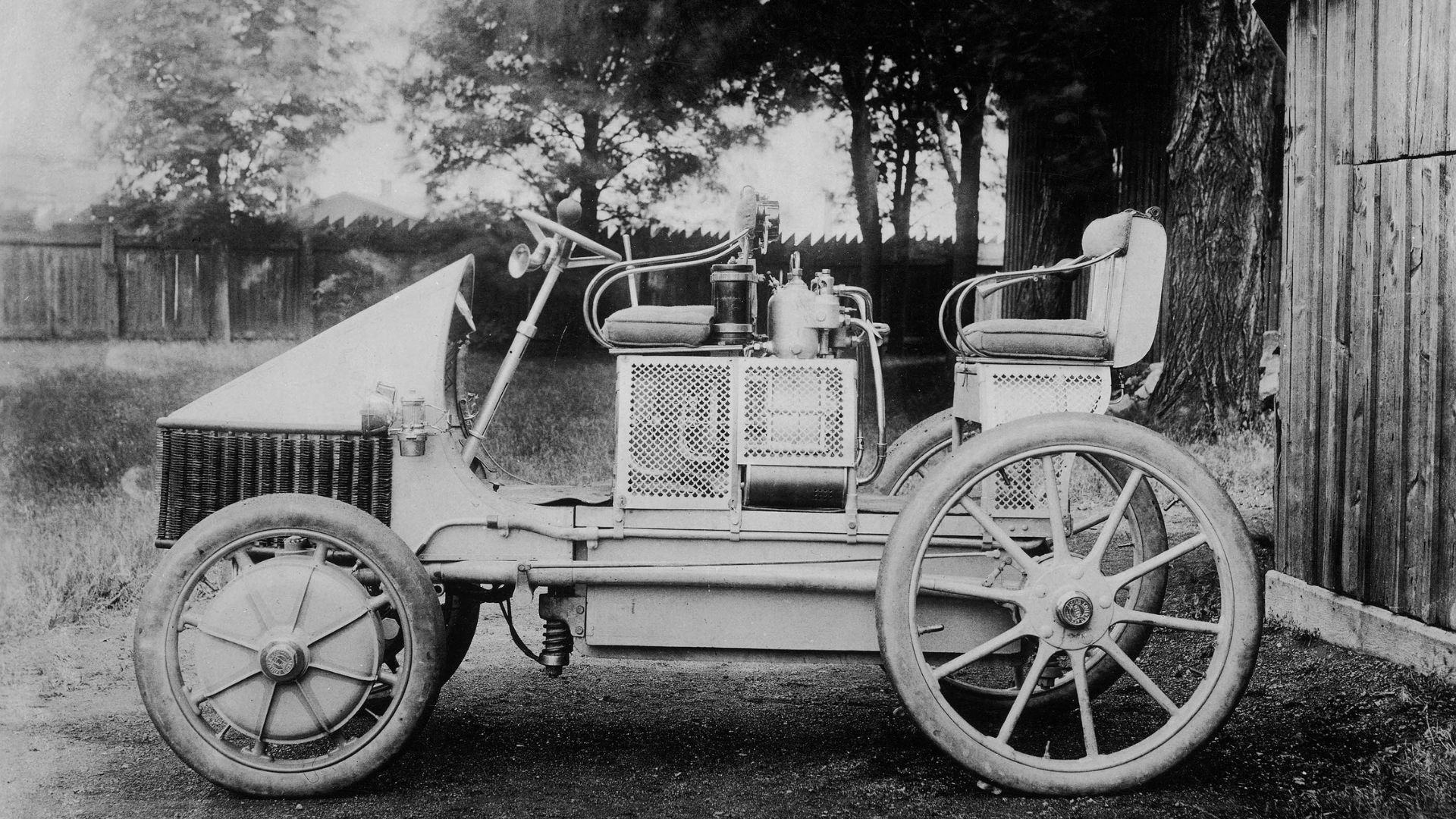
Ultimately, curb weight doomed the Mixte, a problem which EVs must negotiate still to this day, even with the advent of lithium-ion batteries. Realize the Mixte tipped the scale at almost two metric tons or about 4,408 lbs. For this and other reasons it didn’t really catch on, but the designs Ferdinand pioneered would resurface in his work for the Third Reich during WWII.
It was the propulsion system for the Porsche Type 100 tank, officially known as the VK 30.01, that unnerved many in the Third Reich. Prototypes used two V10 engines as generators to produce electrical current for the two electric motors, each one driving one of the tracks. While the design had its complexities, among its advantages was the full torque delivery from a standstill, allowing the tank to wrench free of obstacles like mud where other designs required a difficult recovery.
On the flip side, all that low-end torque made it necessary to include slipping clutches to avoid any breakages should a track seize, a problem the German military later faced constantly during the ill-advised attack on the USSR. It also meant more complexities in its design.
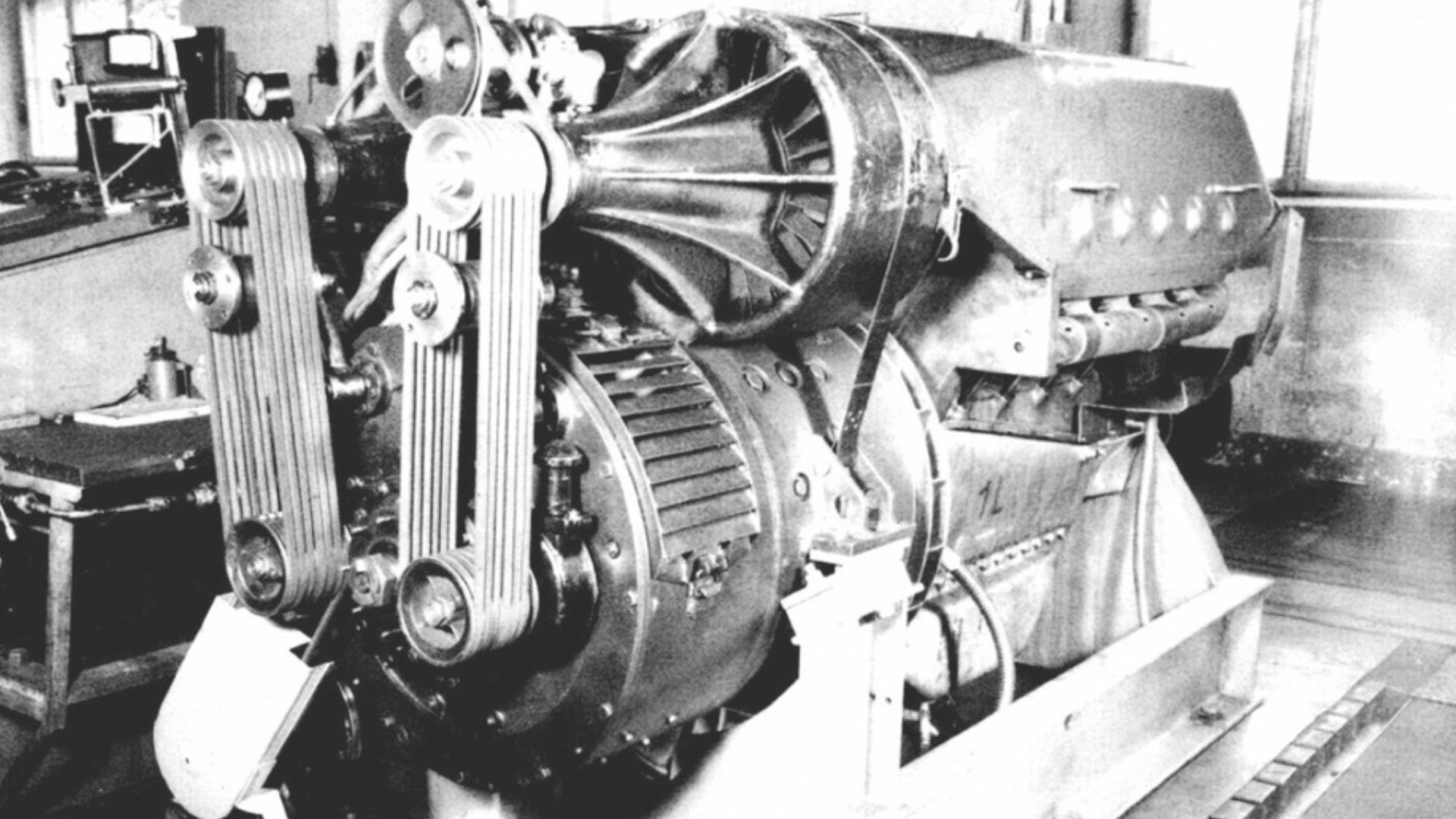
The other gasoline-electric hybrid tank designed by Porsche was the Sonderfahrzeug II or the VK 45.01(P). Nicknamed the Porsche Tiger(not to be confused with the production Tiger), the prototype heavy tank was never mass produced. The Professor went with an electric drive because he genuinely believed a mechanical transmission would fail under the tremendous weight of the tank, which was 60 metric tons. That alone made it slow and difficult to maneuver, including it struggling to climb steep slopes.
Instead of just scaling the drivetrain layout of the Porsche Type 100, the Porsche Tiger employed a completely different scheme. There were still two V10 engines powering generators, but they were in front of the 2,490-lb. drive motors, which were each rated at 230 kilowatts. Power was sent to each track through a planetary reduction gear and slipping clutch. This complex design required a whopping 2,070 lbs. of copper for each tank, one of the reasons why the Henschel-designed Tiger ultimately won out in the competition for mass production. It employed a much more sensible 21.4-liter Maybach V12 with 650-bhp on tap, using a mechanical drivetrain.
Instead of scrapping the VK 45.01 tanks already built, the German military repurposed them as self-propelled anti-tank vehicles. An 88 mm gun was fitted to them along with 200 mm front armor, making them incredibly effective on the battlefield. However, mechanical and logistical problems plagued them constantly.
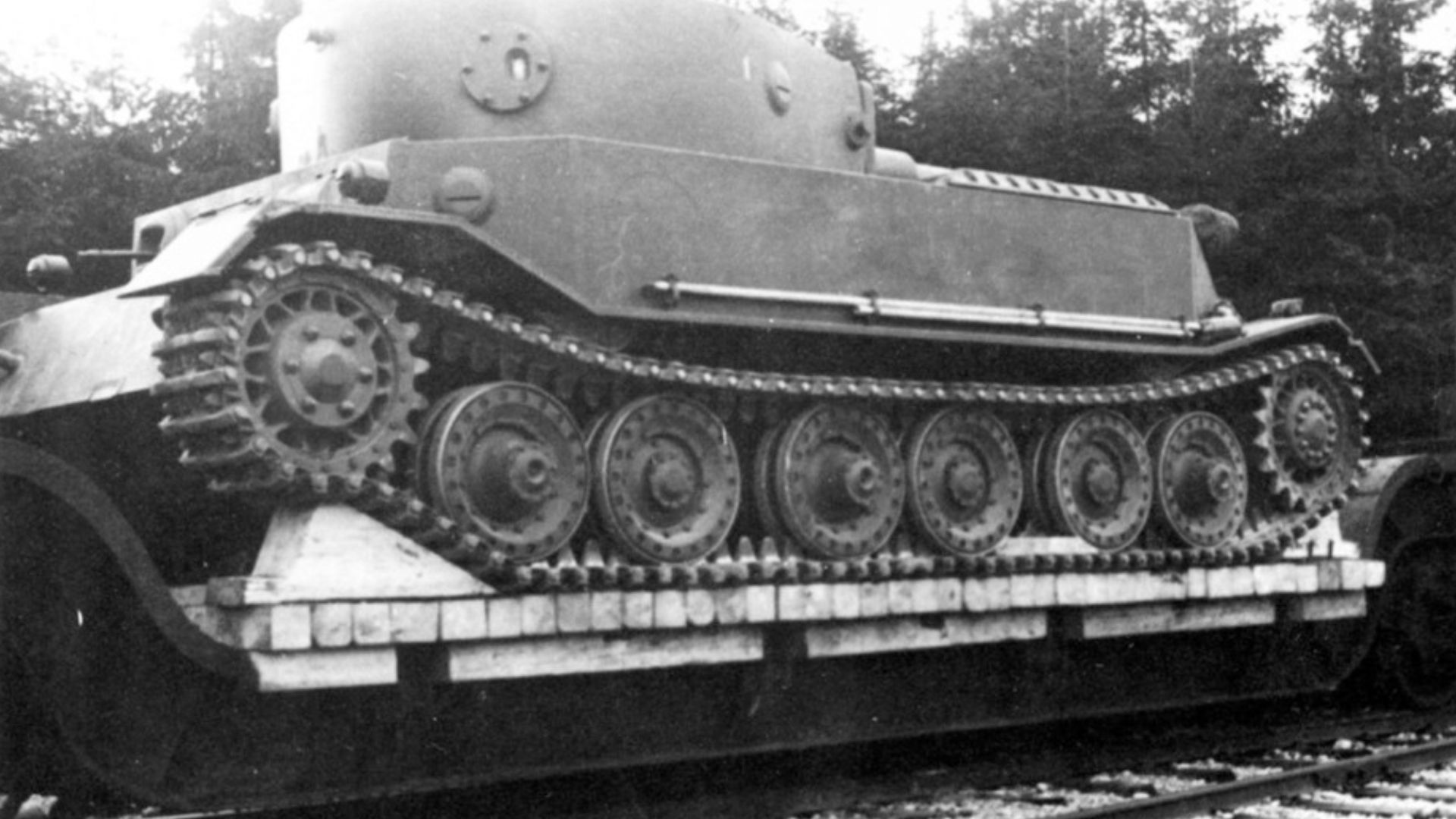
Working against the Professor’s innovative ideas was the Heeresabnahmestelle or HWA, the German Army Weapons Agency. Many believe the political infighting was what ultimately doomed Porsche’s hybrid tanks, but that is a topic of much debate.
As for Hitler himself, the Fuhrer was both a help and a hinderance to Porsche’s work. The Fuhrer had an affinity for the Professor, the two often meeting one-on-one to discuss plans while enjoying sausages and beer. It’s well-documented the German leader had a fascination with novel designs and technologies, convinced they would showcase the superiority of the country and help them to leapfrog over the USSR, Britain, the US, etc. He would sketch ideas on paper while meeting with Porsche. However, this didn’t mean Ferdinand always got his way.
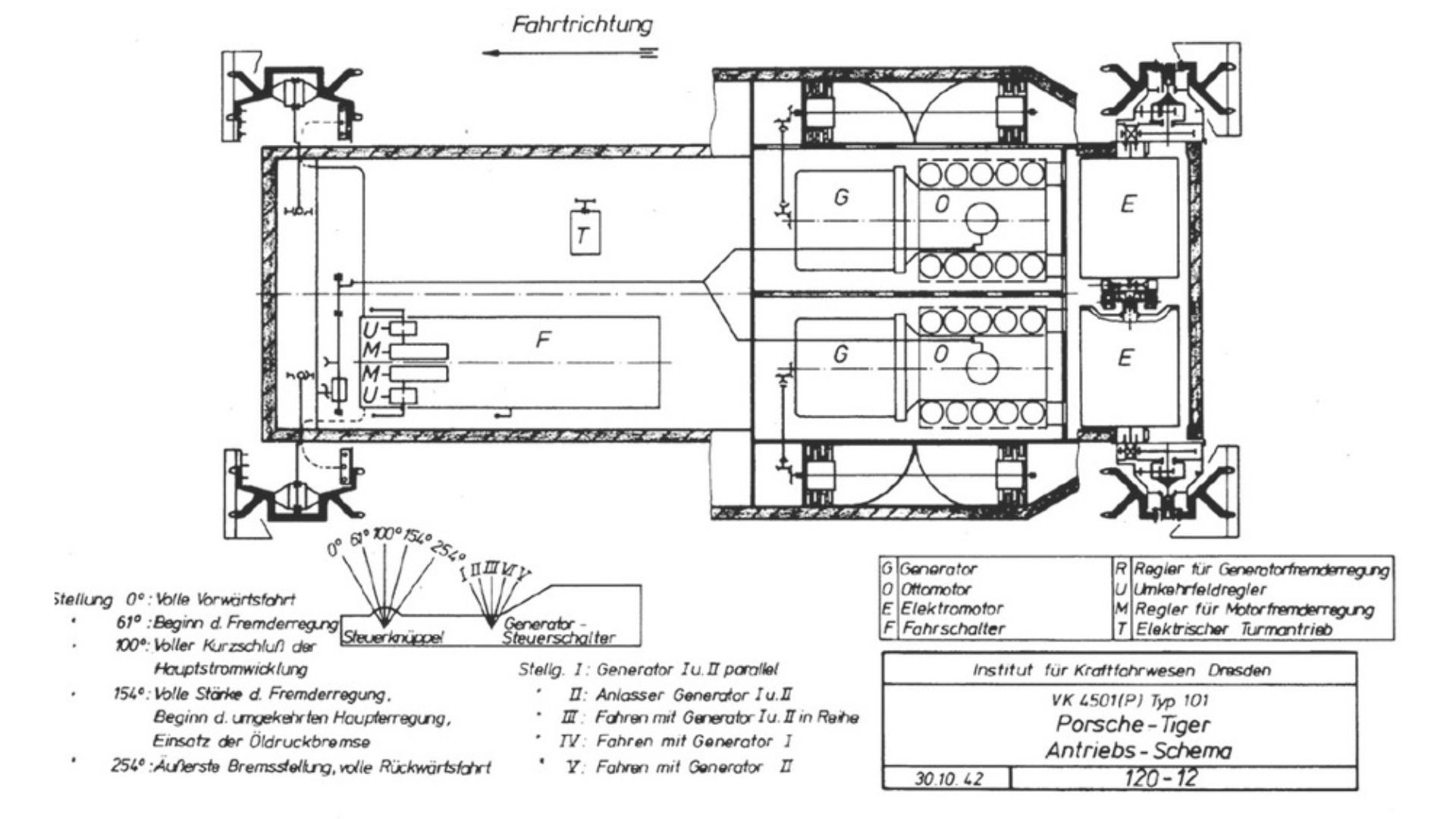
Hitler spent what some people thought was too much time researching mechanical engineering, having strong opinions of what should and shouldn’t be done with weapons development. One of his hot takes was that liquid cooling for engines should be abolished, giving an order that only air-cooled engines would be built to fuel the German war machine.
Many incorrectly attribute Ferdinand Porsche as the designer of the first gasoline-electric hybrid tank. The truth is the Saint-Chamond enjoys that honor. Created the French, it was deployed from 1916 to 1918 during WWI when tanks themselves were a new concept. Designed by Colonel Emile Rimailho, the man adapted an electric drive system used by railroads at the time. The Saint-Chamond performed well enough compared to other tanks of the time.
Britain tried to copy the success of the Saint-Chamond during WWI, using several transmissions paired with electric drivetrains developed by Westinghouse and Daimler. However, prototypes had trouble negotiating rough terrain or required a transmission which tipped the scale by itself at a massive 5 tons.
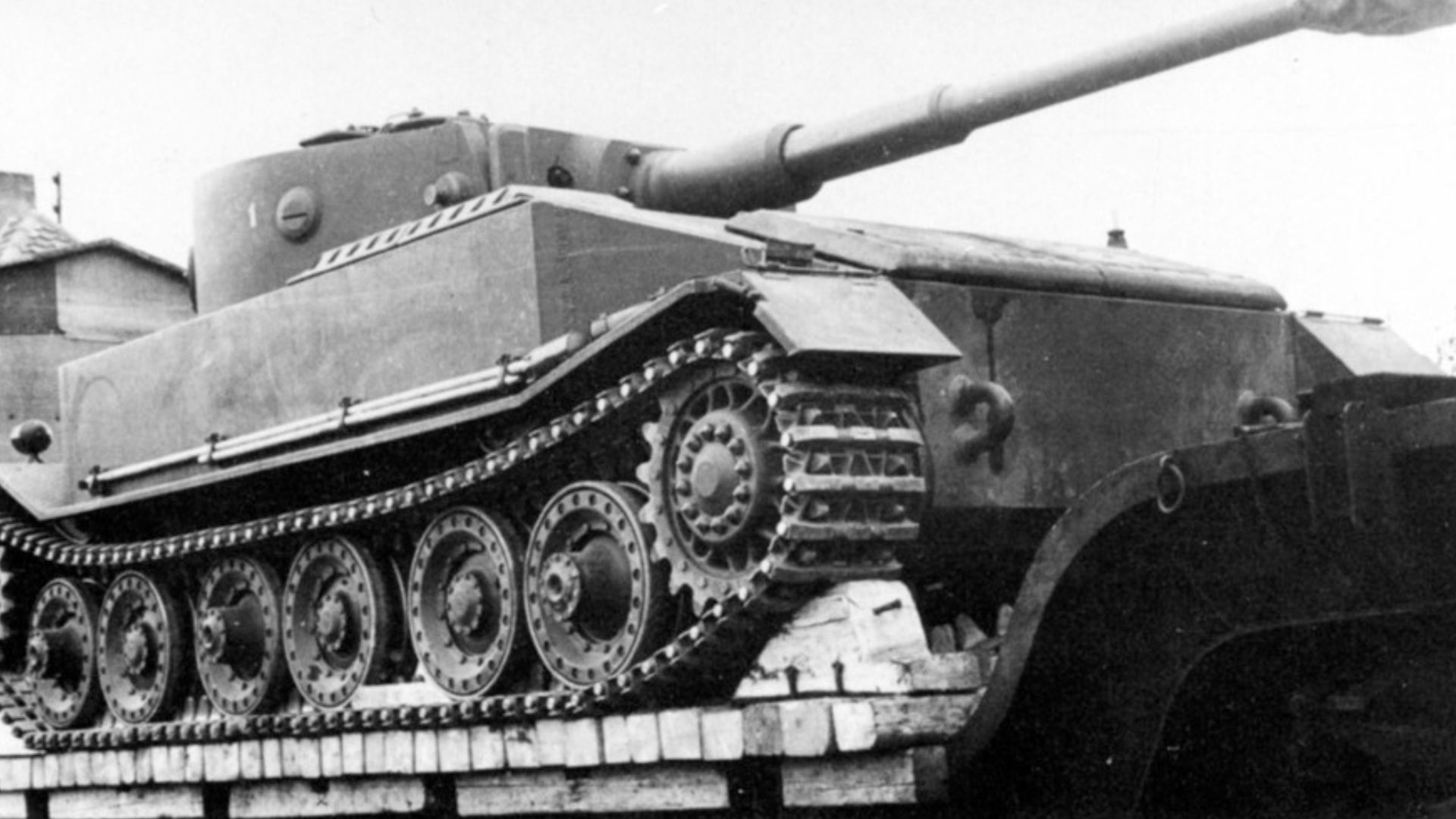
Interestingly, when the campaign against the USSR devolved into disaster, Ferdinand Porsche emerged as a voice of reason and practicality. Instead of arguing for even more innovative, experimental tank designs, he favored simply copying the designs of the Russian T-34 since it could withstand the brutal temperatures and grueling conditions. “I am more convinced than ever that success lies in the direction of weapons of war materiel made as simply as possible,” said Porsche. “We should turn away from this mania of wanting to produce always more complex and sophisticated equipment.” His political adversaries prevailed in arguing against copying the T-34 design, which would have been humiliating to the Fuhrer’s claims of German superiority, arguing supplies such as diesel fuel were needed for other parts of the military effort and shouldn’t be used in the Panzer program.
Source: Professor Porsche’s Wars






